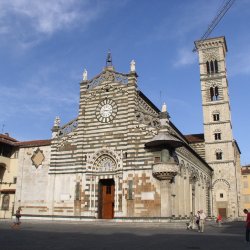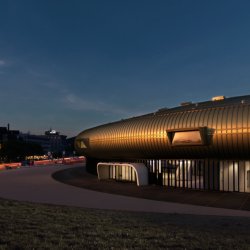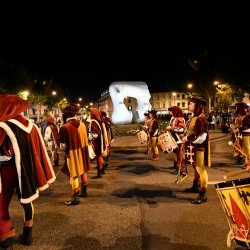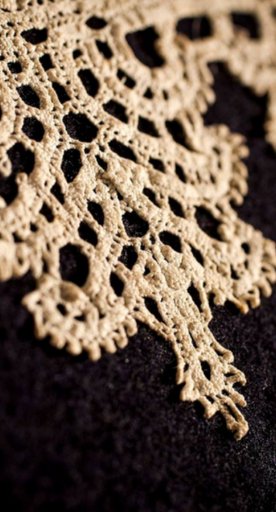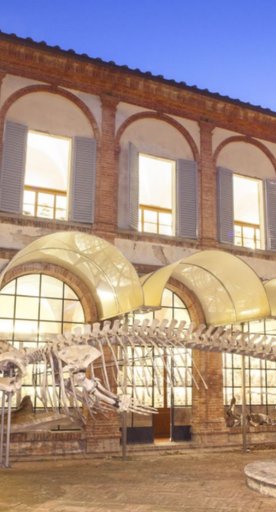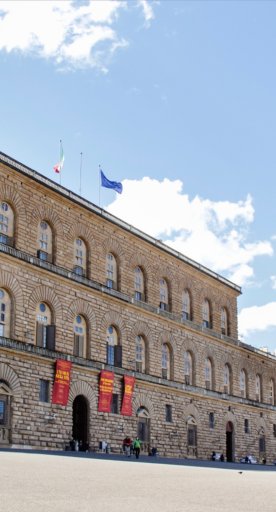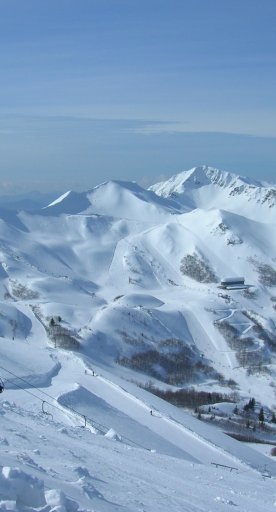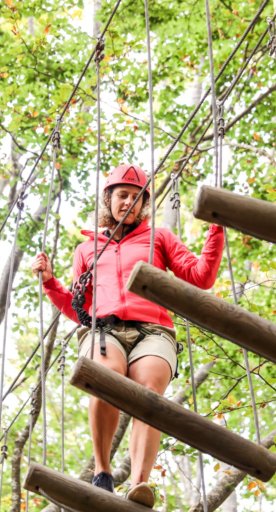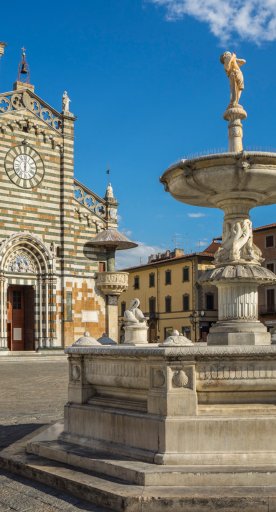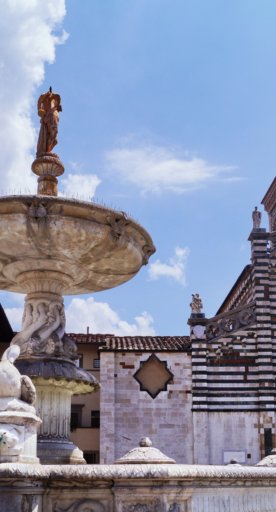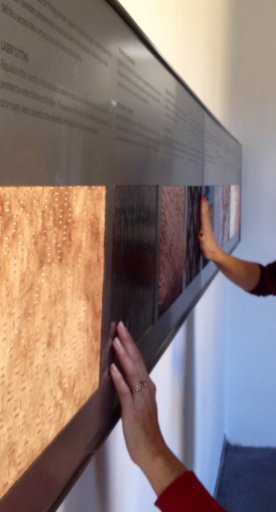
Taste Museums in Tuscany
Sensory and funny experiences to know Tuscany between past and present
Every corner of Tuscany has something tasty to offer visitors, starting from the excellent offer from the world of wine to the truffle, one of the most precious fruits of the earth.
Good cooking is at home and the genuine products, unique and appreciated all over the world, are also celebrated in many museums dedicated to them.
Tradition is the real protagonist of this journey in which we will discover ancient flavors made precious by the hard work of those who have always lived in this land: not only traditional products, therefore, but also old crafts that tell the history and civilization of the farmers of the past.
-
1.From Val d'Orcia to the Terre di Siena
-
2.Around Florence
-
3.Along the coast
From Val d'Orcia to the Terre di Siena

Known in every part of the world and appreciated even by the most refined palates, the Brunello is certainly one of the most celebrated Tuscan excellences.
The so-called "Gold of Montalcino" is the absolute protagonist of the Temple of Brunello, an immersive and emotional journey to discover the king of wines and the territory where it is born.
The experience starts from InChiostro, a space where, by means of a station equipped with virtual reality visors, it is possible to completely plunge in the territory of Val D'Orcia.
Passing through the cloister, one descends into an underground environment: here too, thanks to videos and films, one can discover the secrets that have made Brunello unique in the world.
Also in the cloister - at the Enoteca Bistrot del Tempio del Brunello - it is possible to share and finish the experience through an interactive showcase from which, after a series of questions about one's temperament, the visitor is guided in the choice of the Brunello most in line with one's personality.
Another place that cannot be missed is the Truffle Museum in San Giovanni d'Asso, a small and characteristic village located between the Crete Senesi and the Val d'Orcia.
The first Italian museum dedicated to this precious fruit of the earth and housed in the evocative basement of an ancient castle, offers an exhibition that winds its way through vaults and walls that still preserve traces of frescoes from the early 14th century.
The museum uses immediate exhibition forms to offer the visitor the chance to undertake a pleasant journey into the complex world of the truffle.
The first section is dedicated to the "Mystery of the truffle", the second, "The truffle and the senses", provides sensory and engaging experiences through paths that affect touch, hearing and taste until you get to "odorama", a true carousel dedicated to the sense of smell.
There is also a section dedicated to the many uses of truffles on the table.
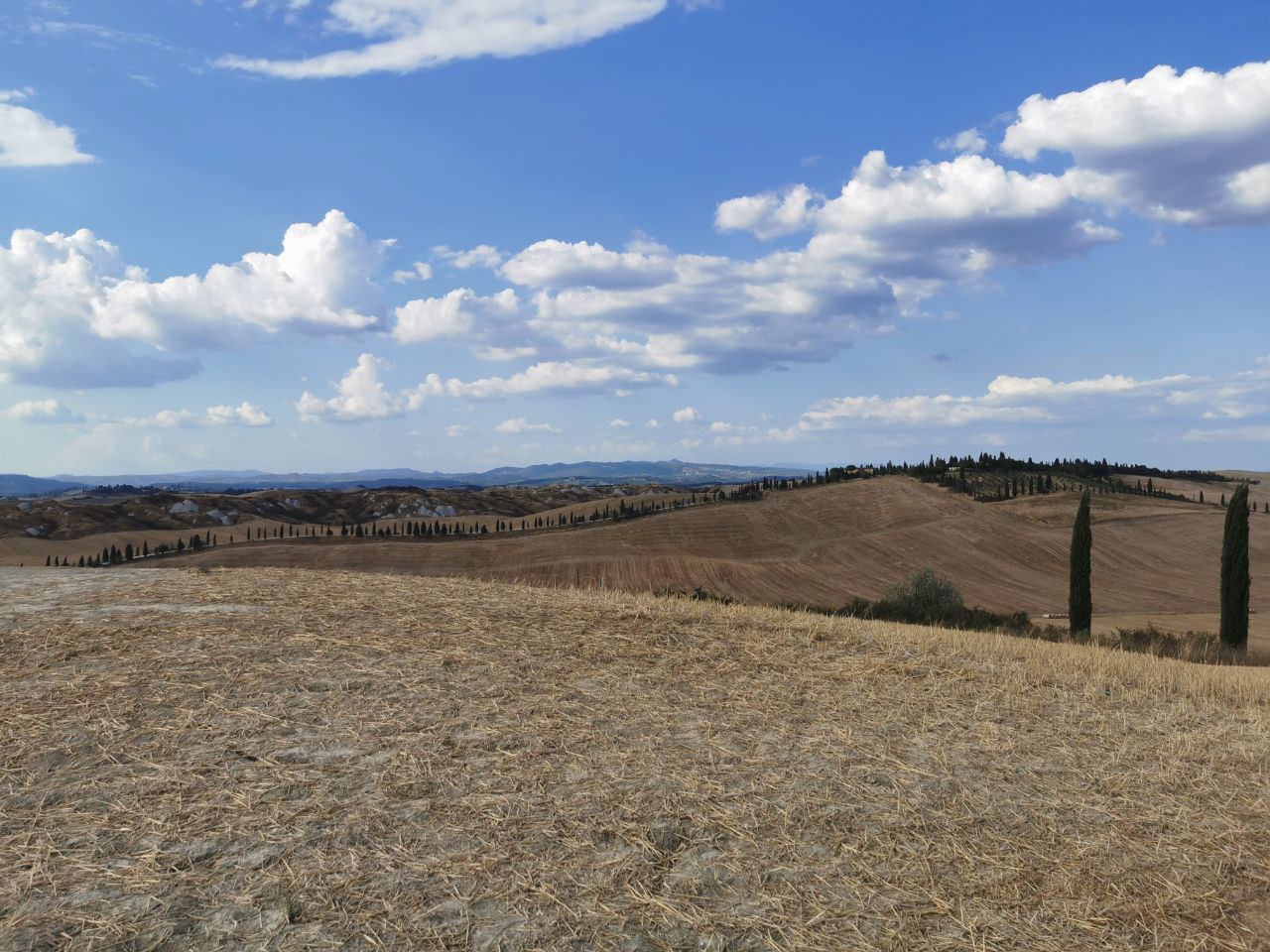
In the heart of Crete Senesi the Museum of the Ancient Grancia and Oil in Serre di Rapolano documents the history of the grance - ancient fortified farms - which have belonged to the Sienese Hospital of Santa Maria della Scala since the 14th century.
The "grance" were built to administer the numerous plots of land that the faithful bequeathed to the hospital and to preserve the agricultural harvest before transporting it to Siena, where it was then used for charitable purposes.
The Grancia of Serre, dating back to the 13th century, was a center of local agricultural production capable of providing part of the food for the Sienese hospital.
This multiplicity of functions is mirrored in the structured itinerary of the museum: here, in fact - through ancient instruments, photographic images and documents - the threads of a long stretch of the history of the community of Rapolano and Serre, but also of the entire province of Siena, are symbolically re-established.
In the Museum there is also an olive oil cellar, where you can taste and buy oil from the main oil mills in Siena.
A few kilometers away, in Buonconvento, we can find the Museum of the Sienese Sharecropping created in the evocative 17th century spaces of a ancient master granary to document and bring back to life, with a historical and evocative display, the rural world that has now disappeared and that characterized, until the 1960s, the Tuscan landscape and society.
The museum offers interesting glimpses into the life of the peasants and collects various testimonies of sharecropping through old photos, original objects, literary passages, music, films and archival documents.
Around Florence

For all wine lovers and for all those who love everything that revolves around its world, in Montelupo Fiorentino it is possible to visit the permanent Exhibition about Tuscan flasks which tells the story of the typical ovoid glass container covered with marsh grass.
The exhibition is located inside the 14th-century tower overlooking the Arno River, which was built to control the waterway traffic. Outside, a bronze statue by the artist Piero Bertelli recalls the work of the fiascaie, the women who coated the containers, weaving the bundles of dried herbs with mastery.
In Rufina the name of the village has been confused for at least one century with the name of the wine. The production and the consumption of wine in Val di Sieve have been witnessed since the Etruscan age, as well as the commerce that is documented since the time when the construction of Brunelleschi's dome was still being built.
The Vine and Wine Museum tells the story of the wine production of this territory and all the work that goes into making it through qualitaty innovation and absolute loyalty to tradition.
Hence the choice of the Museum to be a laboratory of memory and new experiences, as also expressed by the space in which it is set up: the cellars of Villa Poggio Reale and the Enoteca, where the marks of the past are flanked by the vitality of current production.
Moving towards Mugello - in the municipality of Borgo San Lorenzo - a farmhouse that probably already existed in the fourteenth century, has become today a museum and, at the same time, a laboratory where the memory of the ancient rural world of the Tuscan-Romagnolo Apennines is preserved and enhanced.
The Museum of the Rural Traditions Casa d’Erci exhibits over two thousand tools, objects and documents that attest to the rural traditions of the Mugello, characterized by crops, wood cutting and coal production. A historical-naturalist trail then shows the cultural and landscape transformations of the territory and allows for the reconstruction of the stages of the various activities that took place in the woods. There is also a botanical garden, where plants characteristic of the Apennines are grown.
Along the coast

The Small Museum of Olive Oil is located in the charming village of Castagneto Carducci and tells the moments of the olive harvest through time with the exhibition of old tools used for the production of extra virgin olive oil and old photos. The olive tree is an extraordinary symbol of the earth since the time of the Etruscans and is one of the most cultivated plants in the world.
Driving along the coast towards Grosseto we find the Museum of Vine and Wine of Scansano which gives information about the wines produced in the area, but also at enhancing culture and traditions.
Going towards Grosseto's hinterland we finally find the Vine and Wine Museum of Montenero d'Orcia - Castel del Piano, Monte Amiata - which tells about the culture of vine and traditional objects for viticulture and wine making.
Particularly interesting is the "pigiauva", a wine press dating back to 1700 made of oak wood, used for pressing until 1910.
Inside the museum you can also find information on two of the most important typical products of the Monte Amiata: chestnuts and extra virgin olive oil.
What’s nearby?




